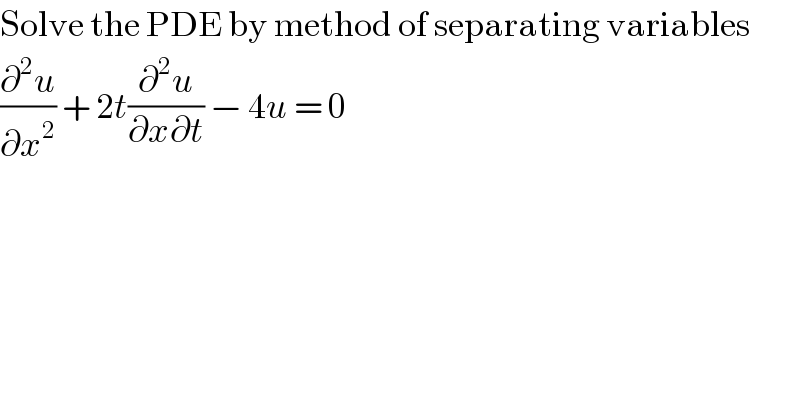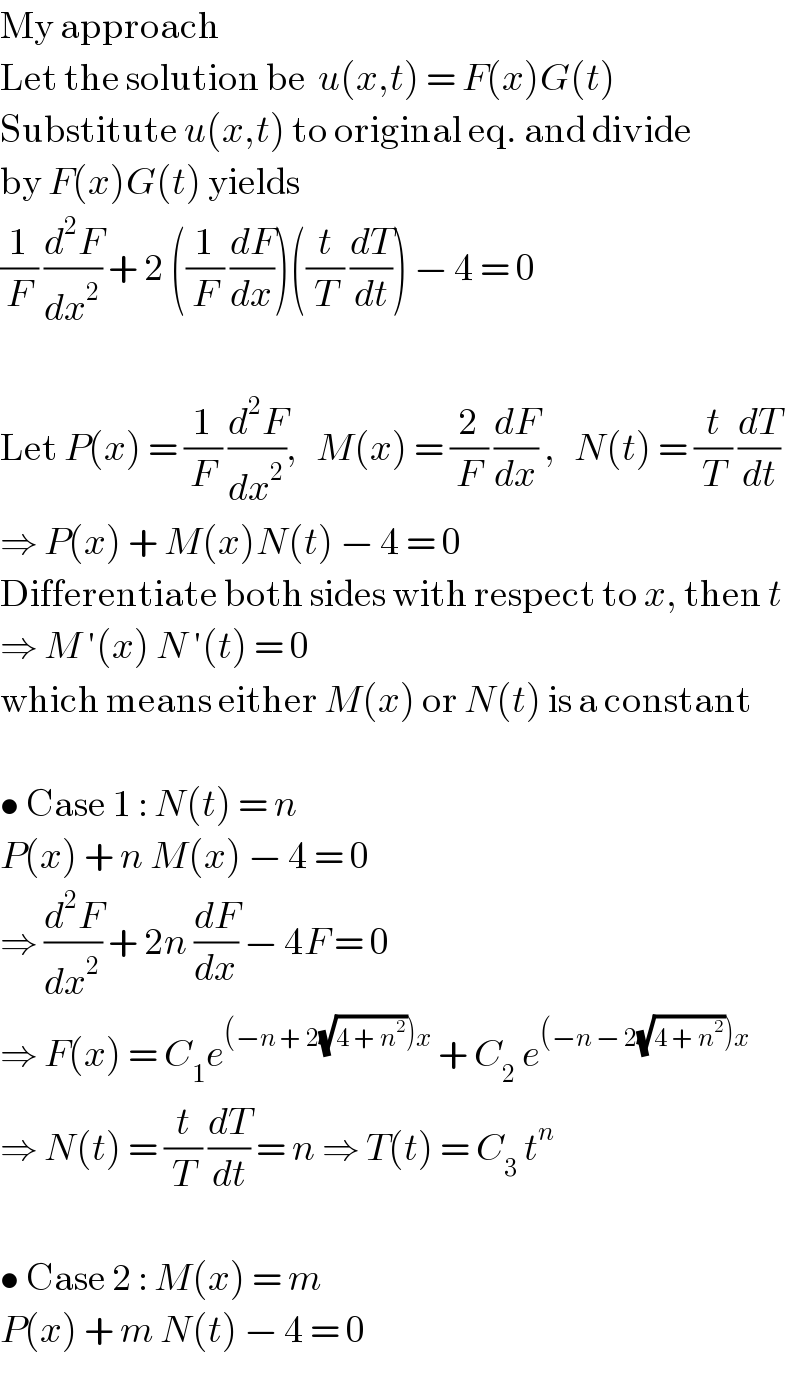
Question and Answers Forum
Previous in Differential Equation Next in Differential Equation
Question Number 81937 by Joel578 last updated on 16/Feb/20

Commented by Joel578 last updated on 16/Feb/20

Commented by Joel578 last updated on 16/Feb/20

| ||
Question and Answers Forum | ||
Previous in Differential Equation Next in Differential Equation | ||
Question Number 81937 by Joel578 last updated on 16/Feb/20 | ||
 | ||
Commented by Joel578 last updated on 16/Feb/20 | ||
 | ||
Commented by Joel578 last updated on 16/Feb/20 | ||
 | ||